The Mineralni Bani village (meaning Mineral Springs) is situated on the northern slopes of the East Rhodope Mountain, 18 km away from the municipal city of Haskovo. The village is the administrative center of the Mineralni Bani Municipality, seizing 12 settlements with overall population of some 7,500 people. The municipality has managed to develop the resort over the past 5 years and also to attract foreign investments, stimulating local entrepreneurs. “The resort’s altitude is a good one – some 300 m. The area’s climate is mild continental – the winter is short and not harsh at all, the summer is warm and the fall is continuous,” Mayor Myumyun Iskender explains and goes on to say:
“Mineralni Bani has had its fame as a spa resort since the Roman epoch. It has been proven that the population was over 18,000 in the 2nd c. AD. The archaeology within the municipality is very diverse and one of the landmarks – an old Roman fortress can be found downtown the resort. A part of it has been restored and currently we are looking to fund the second part of the restoration project.”
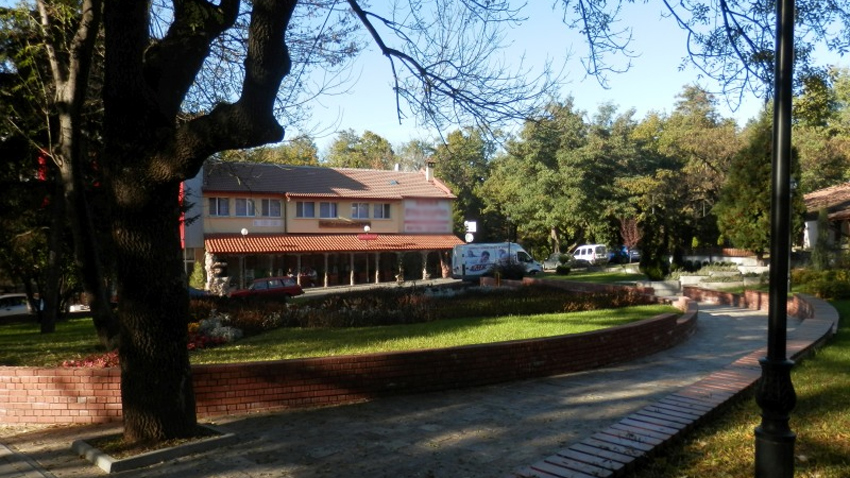
Neat guest houses, private accommodations and over 15 hotels offer wonderful conditions for full spa relaxation for the resort’s guests. “We have over 800 beds. Investors show serious interest and two other modern hotel complexes are expected to open doors over this and the next year with 4+ and 5 stars. Tourists from all age groups visit the place,” the mayor explains.
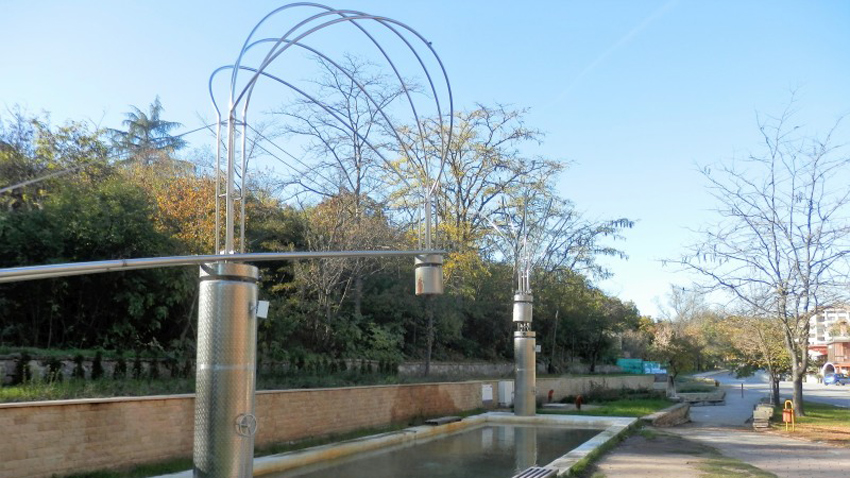
The resort received its spa status yet back in 1952. The mineral water is hyperthermal – varying from 54C to 59C in its temperature with debit of 1,500 l per minute. What is it most capable of?
“The curative profile of the water reads: diseases of the periphery arteries of organic and functional type (Buerger’s disease), Besides that our water shows excellent results in the healing of the locomotor apparatus, joint diseases, the peripheral nervous system, also gynecological and skin diseases. The mineral water is drunk within kidney sand treatment too.” Mr. Iskender explains.
Spa tourism here has numerous historical and natural additions. The Sveti Duh /Holy Spirit/ fortress is the best preserved historical landmark on the territory of the municipality. It was built up during the Roman times out of large stone blocks and its purpose was to protect the settlement.
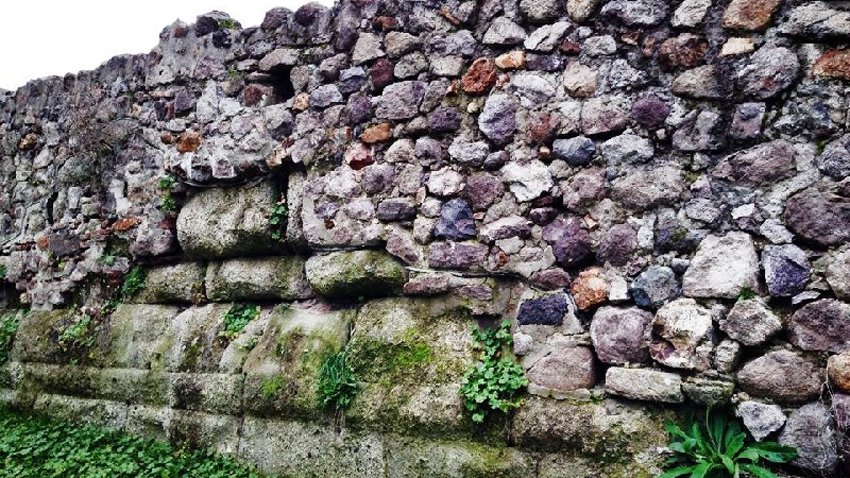
There is another trace of the Roman epoch – the Footprint of Mother Mary, situated downtown Mineralni Bani. Historians say that it is an ancient sarcophagus and locals have come up with this legend, claiming that this is the footprint of Mother Mary running away from the Jews that chased her. People believe that the ‘miraculous footprint’ of Mother Mary has healing power, brings luck and makes dreams come true. That is why both Christians and Muslims refer to the spot as a holy one.
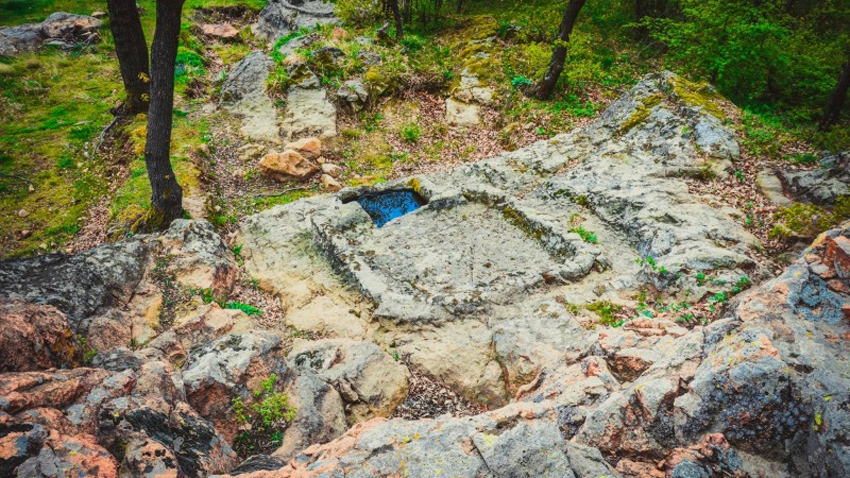
The Sharapanite phenomenon is another curious landmark – artificial pits in the cliffs, 20 – 70 cm in depth and with diameter of 50 – 180 cm. Those were carved by humans there some 2,600 – 2,800 years ago. Each of the pits consists of a small and a big basin with sloping bottom and a little channel. The name sharapana derives from the Turkish word şarap /wine/. That is why it is presumed that the ancient inhabitants of these lands processed grape to wine inside those pits. Winemaking is very well established nowadays in the Mineralni Bani Municipality – there are over 300 ha of vineyard areas and the wine produced in the region has been distinguished and awarded at different festivals in Europe and Bulgaria.
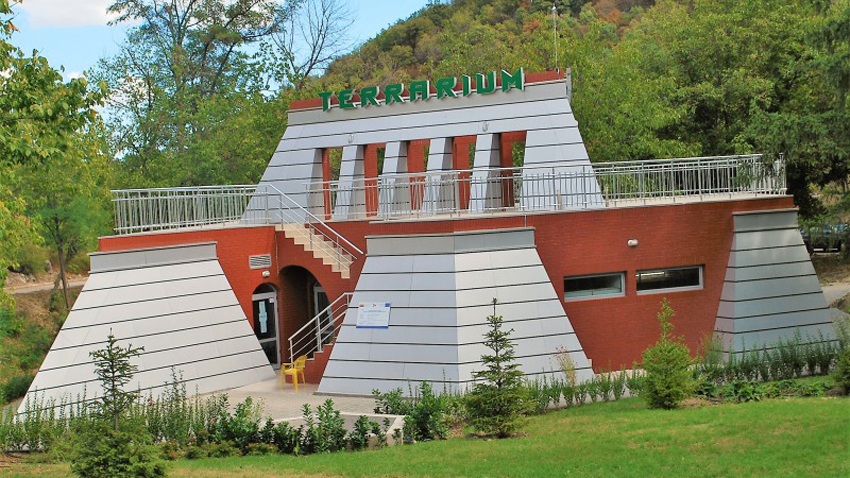
The mayor is proud of the resort’s ability to attract guests with different interests: “We have built up different attractions – the terrarium downtown is one of the most interesting among those. Besides that we have plenty of protected areas for keen fans of nature – Boraka, the Bozhur Area, Momina Salza. We also have 6 tourist paths with resting shelters built up with barbeques and fireplaces, fountains and wells have been restored as well. My observations show that the resort’s visitors tend to get back here through the different seasons.”
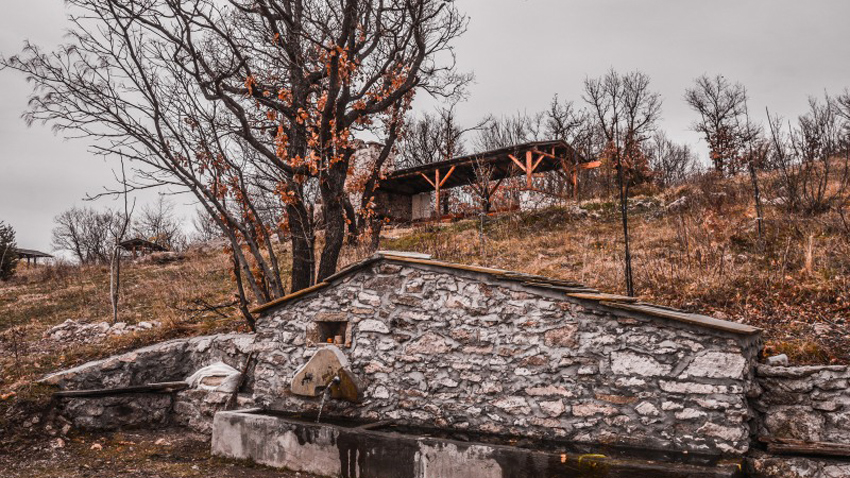
English version: Zhivko Stanchev
Disputes in Croatia over sending military personnel to NATO mission in support of Ukraine NATO Acting Deputy Secretary General Boris Ruge visited Croatia to explain to local MPs about the Alliance's mission in support..
Konyovets village near Shumen is marking 160 years since the oldest stud farm in Bulgaria was set up. Celebrations are being organized on the farm on 1 November when officials from the Ministry of Agriculture and Food and of the State Fund..
The Professional Association of Robotics, Automation and Innovation s unites over 80 Bulgarian and international companies that have one global objective - to establish our country as a center for technology development . To achieve this dream,..
The nature protection organization WWF - Bulgaria is launching a campaign entitled "Subscribe to Nature". The disappearance of wild animals..
There is no exact statistic on the number of Bulgarians living abroad, but a report from the Ministry of Foreign Affairs from last year indicates that..
The "Kabiyuk" horse breeding farm in the village of Konyovets is the oldest stud farm in Bulgaria, founded in 1864 by Midhat Pasha, the governor of the..

+359 2 9336 661
